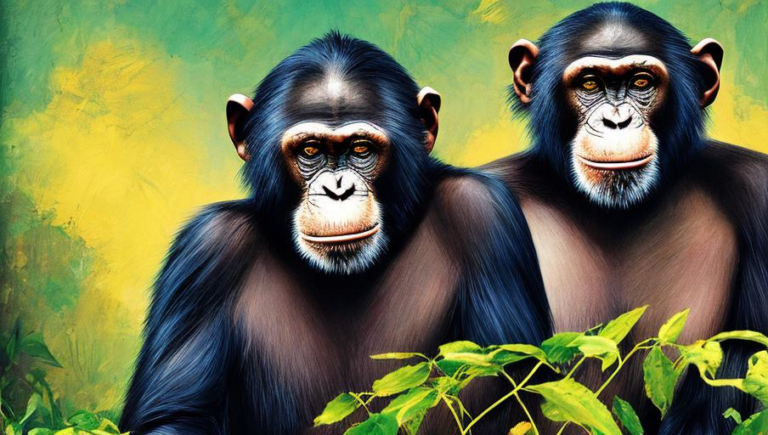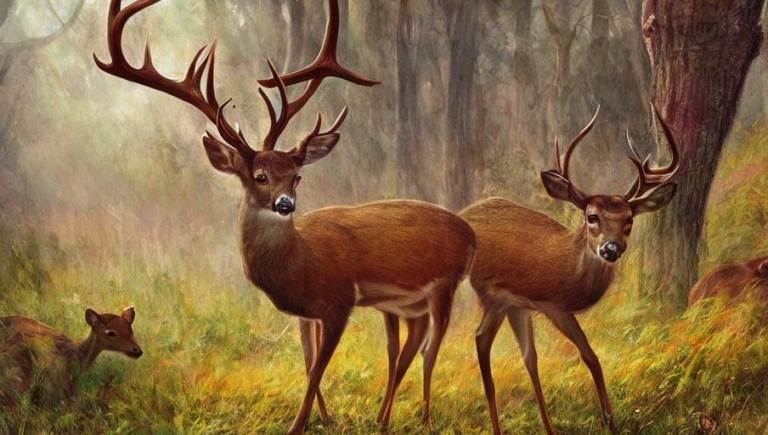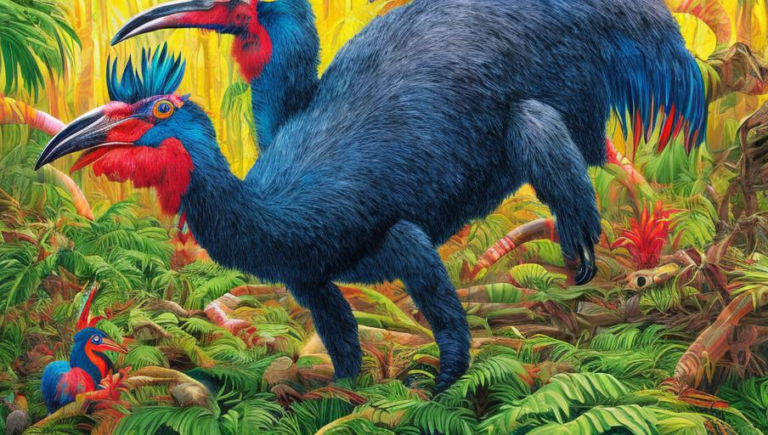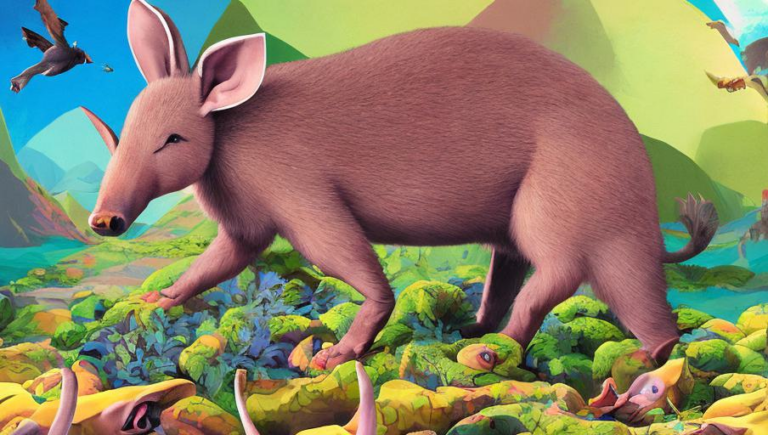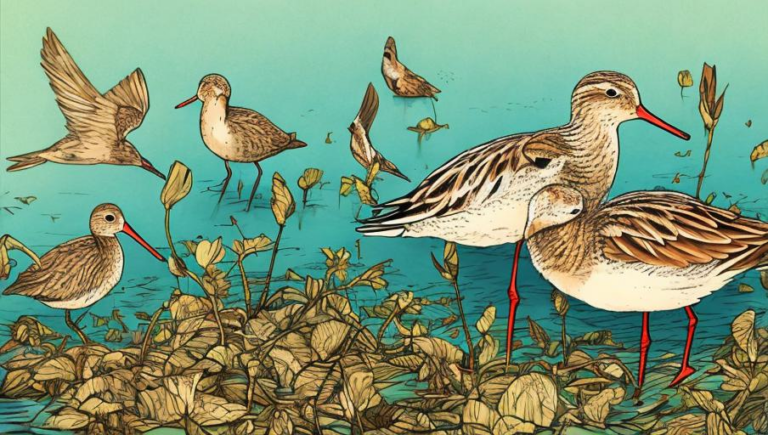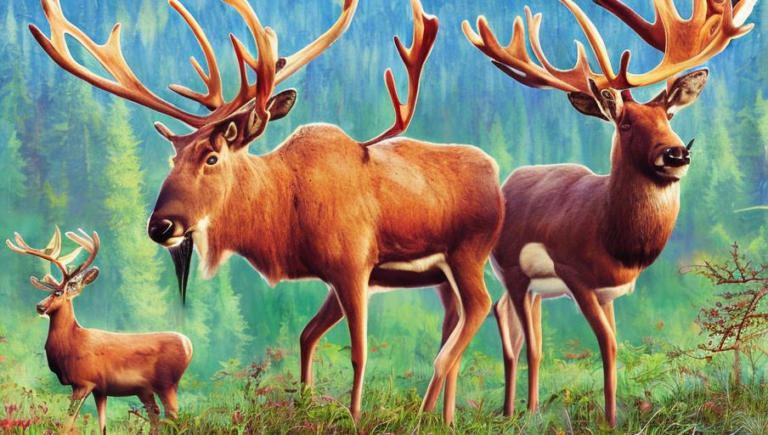Rescuing Camels from Desertification
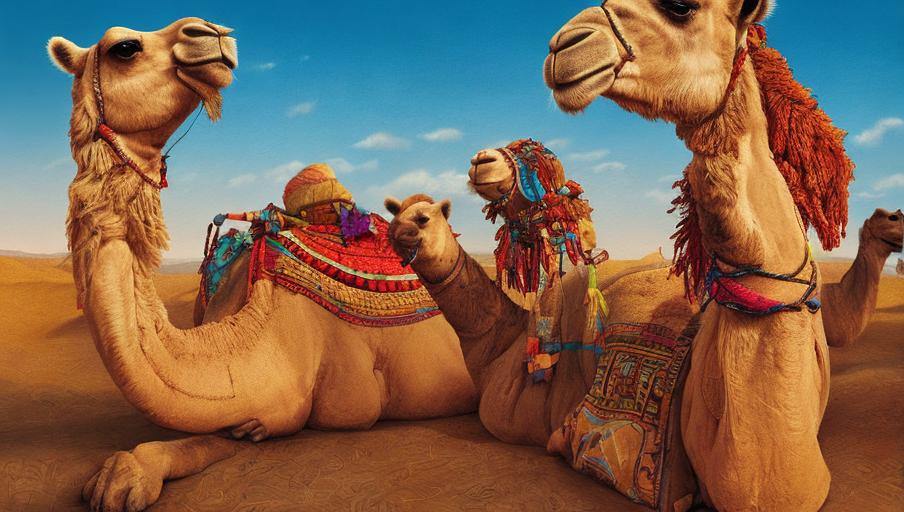
Introduction
The camel is known as the “ship of the desert,” and has long been a symbol of the vast, unforgiving desert regions of Africa, the Middle East, and Asia. Camels are hardy creatures that have adapted to survive in some of the world’s harshest climates, but the ever-increasing desertification of these regions is making life increasingly difficult for these animals.
Desertification
Desertification is a term used to describe the process by which land is transformed from a lush and productive environment to a barren wasteland. This is caused by a combination of factors, such as overgrazing, deforestation, and climate change. As desertification increases, the land becomes less suitable for habitation, and when this happens, it directly affects the animals who rely on the land for food and shelter.
Impact on Camels
Camels are particularly vulnerable to the effects of desertification. As the land continues to be deforested, the camels’ food sources become increasingly scarce. In addition, the extreme heat and lack of water that comes with desertification make it increasingly difficult for the camels to survive. As a result, many of these majestic creatures are left to wander in search of food, water, and shelter.
Rescue Efforts
In light of the increasing desertification of their habitats, various organizations and individuals have taken it upon themselves to rescue camels and provide them with the necessary care and shelter. These efforts have included setting up rescue centers, providing food and water, and even transporting the camels to more suitable habitats. In addition, many of these efforts have also focused on educating local populations about the importance of conservation and protecting the camels’ habitats.
Conclusion
The camel has long been a symbol of the desert, and as desertification continues to ravage the planet, it is clear that these animals are in danger. Thankfully, there are many individuals and organizations that are dedicated to rescuing these animals and providing them with the care and shelter they need. Through these efforts, it is possible to ensure that the camel remains a living symbol of the desert for generations to come.
